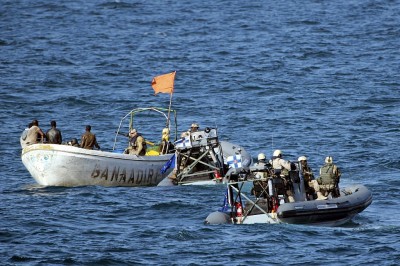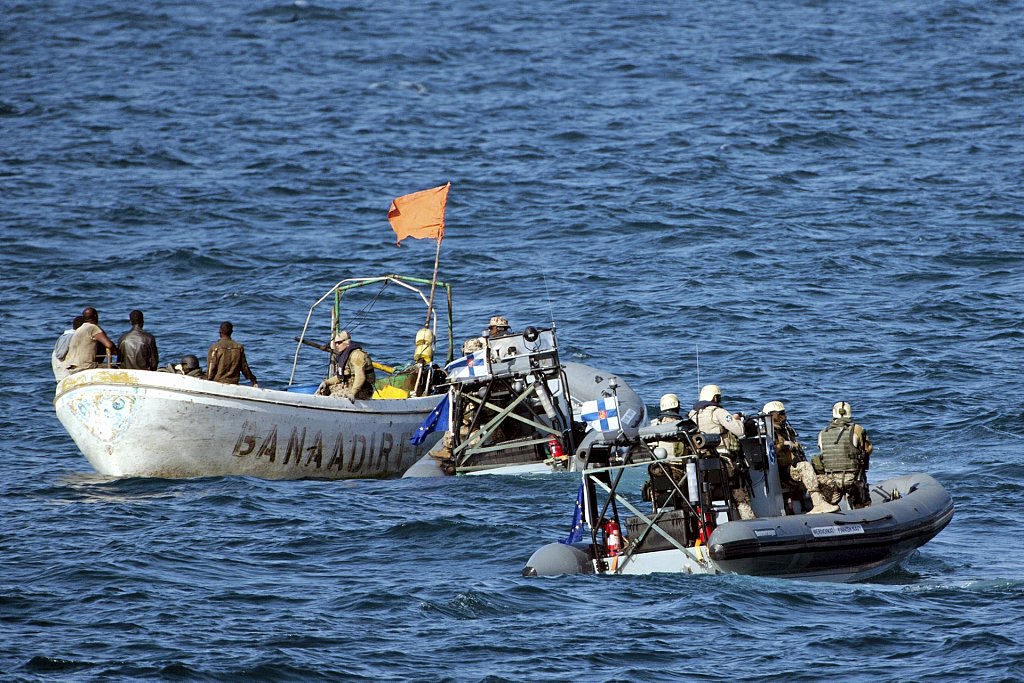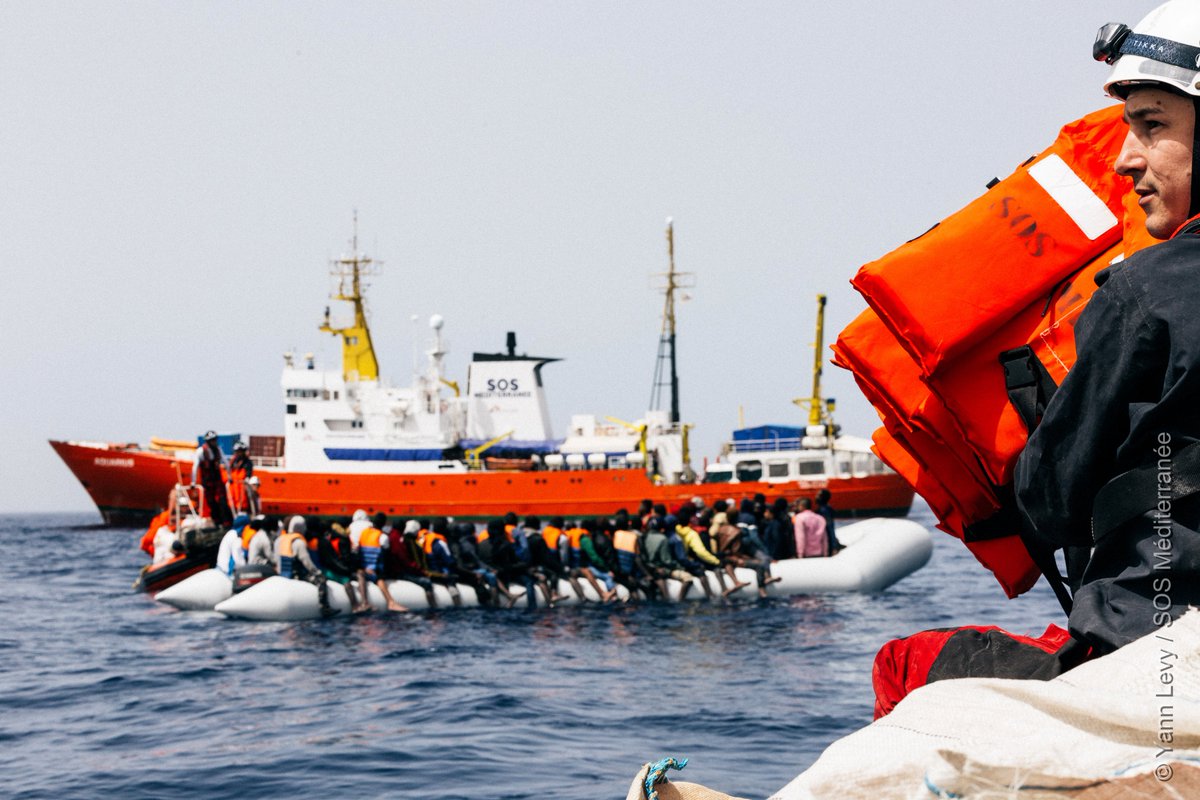Bringing the pirates to justice. Spring review (Maj)

(BRUSSELS2 / Exclusive) After several months when almost no Somali pirates were brought to justice, by the anti-piracy forces deployed in the Indian Ocean, we have witnessed a very clear resumption of court proceedings in recent weeks, according to the assessment that I was able to draw up. Bringing the pirates to justice is both the "nerve of the war" - if we can use this expression - and the foundation of this international action. It should therefore not be underestimated.
India's determined action to systematically bring to trial suspects captured by its forces off Indian waters contributes to this. But not only. We are also witnessing legal proceedings against countries which previously remained passive (United Arab Emirates, Malaysia). And two novelties: the repatriation of pirates who fired on the military forces (Netherlands) or the extraction of a suspect, accused of having wanted to negotiate a ransom (United States). On the other hand, the trials in Kenya still continue to skate.
And several states outside the area systematically refuse to take charge of arrested suspects. This undeniably constitutes a breach of international universal jurisdiction and lowers the rate of prosecution. Knowing that many of the released suspects reoffend helps, rather than hinders, the development of piracy.
Half of the pirates brought to justice have already been tried
In total, since the resurgence of piracy in the Indian Ocean (in 2008) around 2000 suspects have been arrested, 777 pirates were brought to justice and 305 have already been sentenced to prison while 55 others were released by order of a judge. Nearly one in three pirates has been brought to justice. Which isn't wonderful. But not negligible either.
Almost one out of two pirates has therefore been tried and sentenced. Which is quite a good result. The sentences are generally between 3 years and 20 years in prison with some exceptions (5 life prison sentences in the USA and one to 34 years in prison, as well as 7 death sentences in Yemen).
It can be noted that on the side of the anti-piracy forces there are strong differences both in the rate of prosecution (number of pirates brought to justice compared to the number of pirates arrested) and in the rate of loss (number of dead pirates compared to the number of pirates arrested).
Prosecution: Good score for France, forces engaged on a national basis, and EUNAVFOR, bad score for NATO.
However, we can note strong differences between the various anti-piracy forces both in the rate of bringing to justice (number of pirates brought to justice compared to the number of pirates arrested) and in the rate of loss (number of dead pirates compared to the number of pirates arrested).
On the side of the translation in justice, one can notice the excellent score for France - when it intervenes under national flag - a score which is due to the quasi-systematic translation of the pirates caught towards Puntland. A position to be qualified by two elements: since March 2010, no delivery to justice has been reported. Which is surprising given the continued presence of French ships in the region. This may also mean that several arrested pirates have not been prosecuted (and therefore not reported). France is the only country not to have sentenced or released the suspects it had arrested 3 years ago for the Ponant, two years for the Tanit. That makes a lot.
We can also note the good score of the forces engaged on a national basis as well as the local forces. India with 143 brought to justice - including 120 carried out mainly in recent months in its own justice - contributes for a large majority to the excellent score of the "national" mode of action (*). It is followed by the United States (with 26 suspects brought to justice on its territory, the USA engaged in the CTF having also handed over 33 suspects to Kenya) and by Russia (20 suspects entrusted to Yemen).
Finally, we note a prosecution score of nearly 30% for Eunavfor - thanks to the agreements made with Kenya and, especially the Seychelles now, and to repatriations in the countries of capture (Germany, Netherlands, Belgium). The good score of the CTF is mainly achieved thanks to the bilateral agreements of the Americans and the British with Kenya. The poor score of NATO forces (15%) poses a serious problem for the Atlantic Alliance, which is thus condemned to release suspects arrested by its ships.
New countries have taken on pirates for trial but some countries remain resistant to the treatment of pirates, which brings down the rate of bringing to justice
In terms of destinations, it can be seen that Kenya has not received suspects since September 2010 (for the MT Sherry). Seychelles takes in suspects bit by bit but regularly whether they are arrested by multinational forces or by its own forces (read: Seychellois coast guards' quick action to recover a fishing vessel). As for the agreement with Mauritius, it has still not been signed. While the Maldives still have a very limited reception capacity.
On the other hand, in addition to Puntland, Somaliland and Yemen which bring to justice the pirates arrested by their forces, five new countries bordering the Indian Ocean have also begun to deal with pirates arrested by their own forces: Tanzania (September 2010), Madagascar (Zoulfécar, February 2011), United Arab Emirates (Mv Arrilah, April 2011), India (Prantalay 11 and 14, Vega 5, Al Morteza, January to April 2011) and theIran (February 2011).
Outside the Indian Ocean, three new overseas countries dealt with pirates: Belgium (Pompei, November 2010), South Korea (Samho Jewelry, January 2011), Malaysia (MT Buga Laurel, January 2011). And the United States continues to welcome various suspects when their interests (personal or material) are at stake.
On the other hand, several countries almost systematically refuse to take in suspects arrested by their forces (Australia, Russia, Denmark, Greece, United Kingdom, Turkey, etc.) or by others when their direct interests (nationality of sailors, flag or nationality of the shipowner) are in question.
The loss rate decreases when the action is multinational
According to my sources, there were at least 102 pirates killed during an action of piracy, either by defense of the forces on board, or more often during an action to take over the boat. This pirate mortality rate increases when the action is carried out under the national flag or by local residents (respectively 17% and 5% compared to NATO's 2% and 0,5% of EUNavfor or CTF). Three explanations for this. On the one hand, the rules of engagement negotiated by the multinational forces provide for a succession of actions, before firing, limiting the response accordingly. Secondly, the action of certain countries (India, Russia) apparently does not bother too much with complications. Finally, the most offensive actions, the release by force of a ship for example, therefore with the greatest risk, are conducted under a national flag (and not under a multinational flag).
Attention ! Statistics are not perfect...These statistics suffer from several shortcomings. 1. We often know the hacker better when he is brought to justice than when he is released. 2. Multinational forces are often better counted (not all the time!) than local forces. It is therefore difficult to verify the number of suspects arrested and released in Puntland or Somaliland. This reflects a statistical distortion, with a very good score for bringing to justice. 3. Generally when the action is more offensive, it is conducted under the national flag, which explains a higher court action and a higher loss rate.
(*) For practical reasons, of "statistical continuity", India is counted in the national interventions even if from a legal point of view, piracy having moved closer to the Indian coasts, it should henceforth rather be counted in local mode. But we cannot compare the substantial Indian system with states like the Seychelles, Mauritius or even Kenya, which do not automatically have significant coast guard resources.
Download the balance sheet summary
Read also:
- Handovers of Somali pirates to justice stopped, or almost!
- Legal treatment of pirates: the French solution
- Mauritius says yes to EU to bring pirates to justice
- 18 months after the start of Atalanta (2): the return to justice stalls
(updated, April 25: adjustment of certain figures (Iran, Netherlands, Seychelles) and taking into account the Gloria recovery action.

